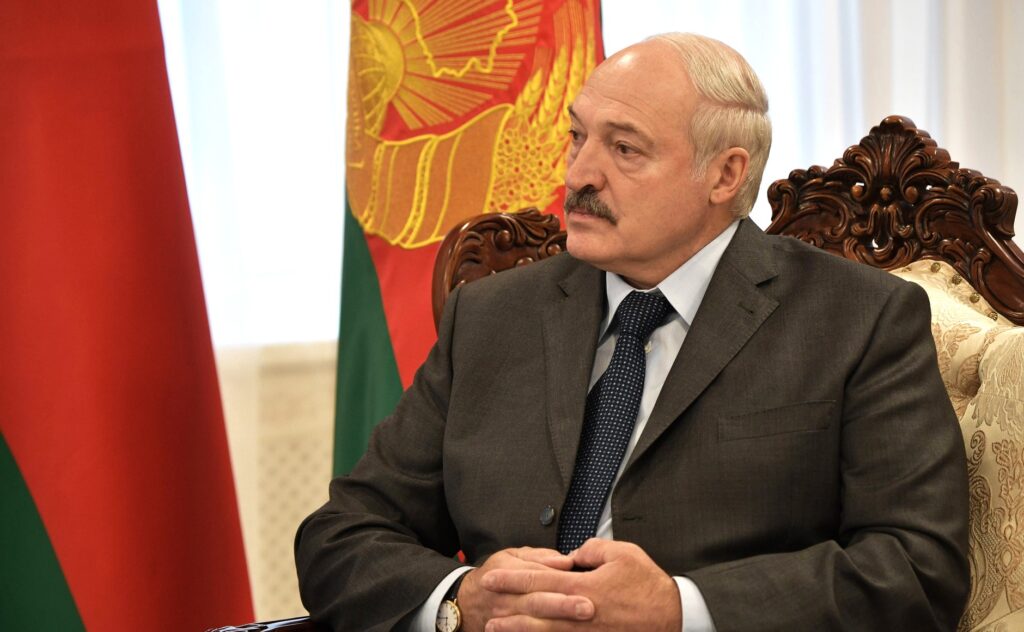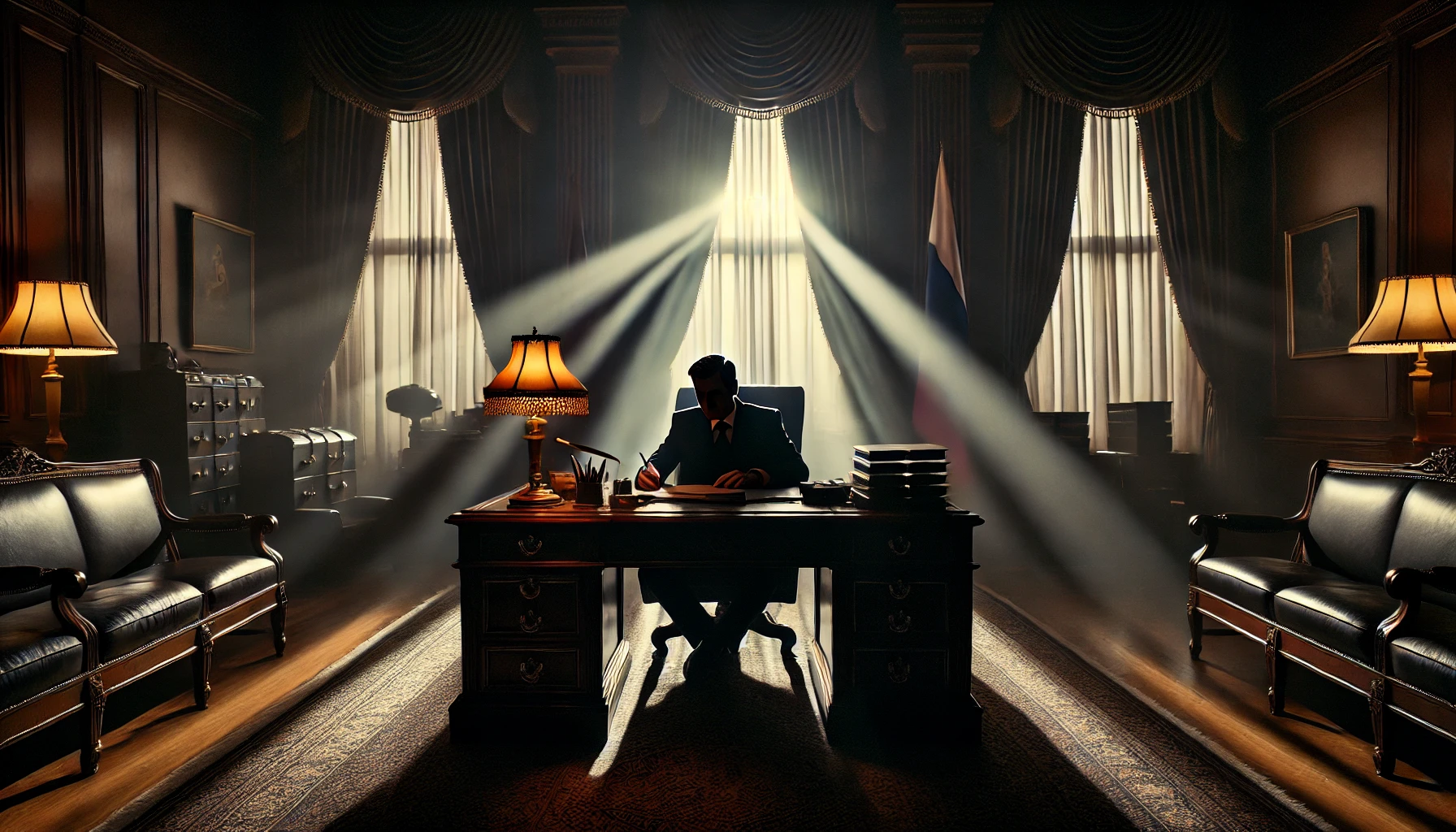In a world where the Soviet Union has long been relegated to history books, Alexander Lukashenko remains the last soviet Autocrat, a living relic of its authoritarian legacy. As the ruler of Belarus since 1994, he has built a regime that blends Soviet nostalgia with modern autocracy. His leadership has been defined by iron-fisted control, political repression, and a deep-rooted resistance to Western influence. While other post-Soviet states embraced capitalism and democracy—at least on paper—Lukashenko doubled down on dictatorship, making himself Europe’s longest-serving leader.
From Collective Farm to Presidential Palace
Born in 1954 in a small Belarusian village, Lukashenko was raised by a single mother in an environment that prized Soviet values—discipline, loyalty, and suspicion of the West. Unlike many of his contemporaries who pursued careers in bureaucracy or academia, he stayed close to the land, working as a director of a state-run collective farm. This role would later shape his public persona: a man of the people, an unpretentious leader who understood the struggles of ordinary workers.

In the early 1990s, as the Soviet Union collapsed and Belarus gained independence, the country found itself in political and economic turmoil. Lukashenko, then a little-known member of parliament, seized the moment. He positioned himself as an anti-corruption crusader, railing against the emerging oligarchy and promising to restore stability. In 1994, he won Belarus’s first (and, arguably, only fair) presidential election, securing 80% of the vote. But rather than ushering in democracy, he quickly set about dismantling it.
The Soviet Republic That Never Fell
While other former Soviet states rushed to embrace market reforms, Alexander Lukashenko, the last Soviet autocrat, resisted. He preserved state control over key industries, maintained close ties with Russia, and ensured that Belarus remained a quasi-Soviet state in everything from its economy to its secret police—still ominously called the KGB.
But his most defining political move was the systematic destruction of opposition. Independent media was crushed, political rivals were arrested or mysteriously disappeared, and elections became predictable rituals, with Lukashenko always emerging victorious. He once joked that he would not leave power “unless he was carried out in a coffin.” It was a statement that, in hindsight, may not have been a joke at all.
The 2020 Uprising: A Moment of Reckoning?
For years, Lukashenko maintained his grip on power with a mixture of fear, propaganda, and economic stability. But in 2020, his rule faced its greatest challenge. After yet another rigged election, in which he claimed to have won 80% of the vote, massive protests erupted across Belarus. For the first time in decades, hundreds of thousands took to the streets, demanding his resignation.
Lukashenko responded with brute force. Protesters were beaten, jailed, and tortured. Opposition leaders were arrested or exiled, including Svetlana Tikhanovskaya, the real winner of the election in the eyes of many. The regime survived, but at a cost: Lukashenko became a pariah in the West, leaving him more dependent than ever on his long-time ally, Vladimir Putin.
Putin’s Puppet or a Survivor?
In the wake of the 2020 crisis, Lukashenko’s fate became increasingly tied to Moscow. He allowed Russian troops to use Belarus as a staging ground for the 2022 invasion of Ukraine, a move that deepened his reliance on Putin but also exposed him to further instability. While he remains in power, his autonomy has been eroded. The man who once played Russia and the West against each other to maintain his independence now finds himself in a precarious position—too weak to defy Putin, but too unpopular at home to rule without force.
The Future of the Last Soviet Leader
Lukashenko’s rule is a case study in how authoritarianism adapts. He has survived political crises, economic downturns, and mass uprisings by mastering the art of repression. Yet, history suggests that no dictator rules forever. His legacy may be that of a man who fought to preserve a dying system, only to find that even the strongest autocrats cannot outlast the forces of change. The question is not whether Lukashenko will fall, but when—and what will come after him.
